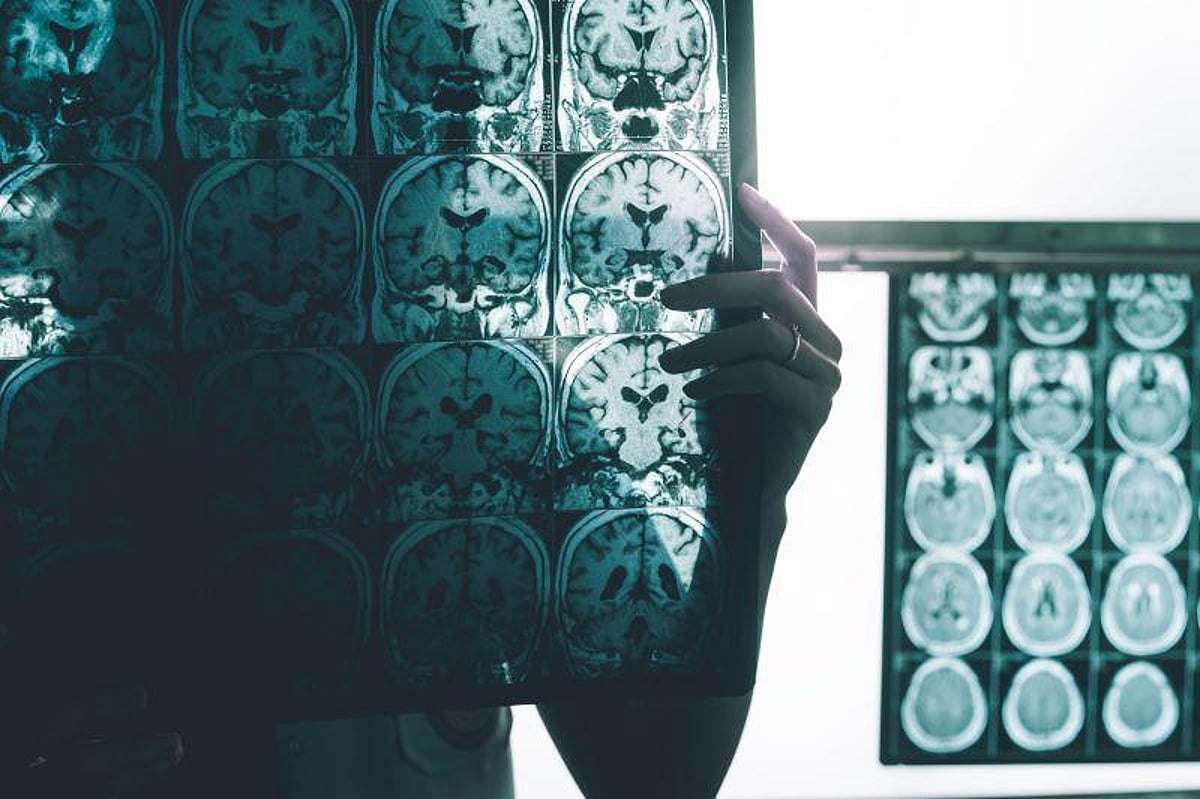Endovascular Therapy Aids Outcome of Basilar-Artery Occlusion

THURSDAY, Oct. 13, 2022 (HealthDay News) -- For patients with basilar-artery occlusion, a greater percentage with good functional status at 90 days is seen with endovascular thrombectomy within 12 hours after stroke, or within six and 24 hours after stroke onset, compared with medical therapy only, according to two studies published in the Oct. 13 issue of the New England Journal of Medicine.
Chunrong Tao, M.D., Ph.D., from the First Affiliated Hospital of the University of Science and Technology of China in Hefei, and colleagues conducted a multicenter, randomized trial of endovascular thrombectomy for basilar-artery occlusion at 36 centers in China. A total of 340 patients were randomly assigned to receive endovascular thrombectomy or best medical care within 12 hours after the estimated time of basilar-artery occlusion (226 and 114 patients, respectively). Intravenous thrombolysis was received by 31 and 34 percent of those in the thrombectomy and control groups, respectively. The researchers found that good functional status at 90 days occurred in 46 and 23 percent of patients in the thrombectomy and control groups, respectively (adjusted rate ratio, 2.06).
In a second study, Tudor G. Jovin, M.D., from Xuanwu Hospital in Beijing, and colleagues randomly assigned patients with basilar-artery stroke who presented between six and 24 hours after stroke onset to receive medical therapy plus thrombectomy or medical therapy only (110 and 107 patients, respectively). At a prespecified interim analysis, enrollment was halted due to the superiority of thrombectomy. Thrombolysis was used in 14 and 21 percent of patients in the thrombectomy and control groups. The researchers found that a modified Rankin scale score of 0 to 3 occurred in 46 and 24 percent of patients in the thrombectomy and control groups, respectively (adjusted rate ratio, 1.81).
"Endovascular therapy appears to be effective in patients with basilar-artery occlusion who have moderate-to-severe neurologic deficits and have limited early ischemic changes up to 24 hours after stroke onset," writes the author of an accompanying editorial.
Abstract/Full Text - Tao (subscription or payment may be required)
Abstract/Full Text - Jovin (subscription or payment may be required)
Editorial (subscription or payment may be required)
Related Posts
Survival Lower for Children With Leukemia Living on Texas-Mexico Border
TUESDAY, Feb. 21, 2023 (HealthDay News) -- For children with acute lymphoblastic...
Additional Cervical Cancer Screening May Be Linked to Preterm Delivery
TUESDAY, July 25, 2023 (HealthDay News) -- Additional recommended cervical...
New Report IDs Threats of Climate Change to Children, Youth
THURSDAY, Oct. 19, 2023 (HealthDay News) -- Climate change poses a mental health...
Which Diets Really Raise Your Life Span? Two Come Out on Top
MONDAY, April 3, 2023 (HealthDay News) -- People at risk of heart disease could...
